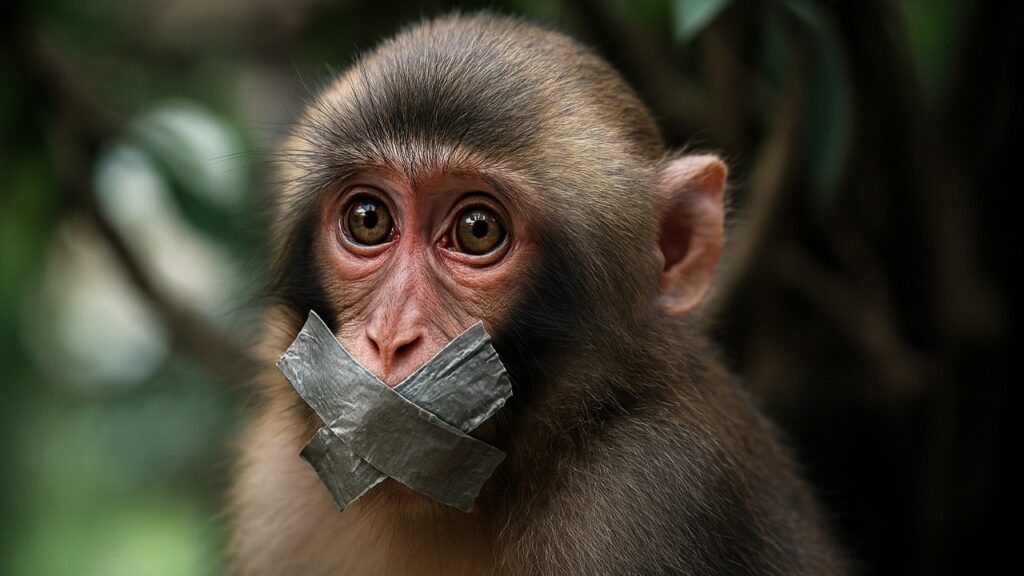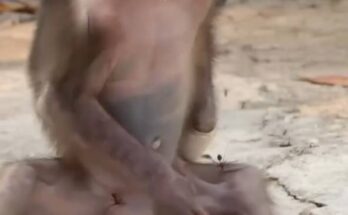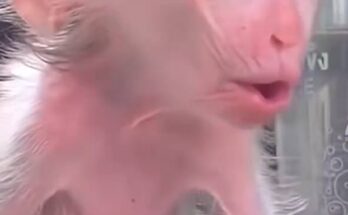
Monkeys may not speak in words like humans, but that doesn’t mean they aren’t talking. In fact, monkey communication is rich, detailed, and incredibly expressive—just without spoken language. Across species and habitats, monkeys use a wide range of signals to share emotions, warnings, and intentions. From subtle eye glances to powerful body language, their nonverbal communication is a language of its own.
One of the most important tools monkeys use to communicate is facial expression. A slight raising of the eyebrows, a tightening of the lips, or the exposure of teeth can carry strong meaning. For instance, when a monkey shows its teeth in a relaxed way, it can signal friendliness or submission. But when teeth are bared in a tense, wide-eyed stare, it could be a warning of aggression. These subtle shifts help keep peace—or set boundaries—within a troop.
Gestures are also key. Monkeys will stretch out a hand to request grooming, reach for food, or indicate a desire for play. A tap on the shoulder might signal attention, while a sharp push could warn someone to back off. These movements are often learned through watching others, especially by young monkeys imitating adults.
Posture plays a role too. A monkey that sits tall with a puffed-out chest is asserting dominance, while one that lowers its body or avoids eye contact is likely showing submission. Grooming behavior is another important social signal—not just for cleanliness, but for bonding and trust. When two monkeys groom each other, they’re building alliances and friendships.
Monkeys also use vocalizations, even if they don’t form actual words. Specific sounds can mean “danger from the air” (like an eagle) versus “danger on the ground” (like a snake or leopard). These sounds differ between species, but they all serve to quickly alert others and keep the group safe.
Interestingly, some monkeys even use their tails or body positioning to send signals. A flick of the tail might express irritation, while a certain stance may invite a mate or warn off a rival. In species like howler monkeys or vervets, scent marking is another form of silent communication. It lets others know who was there and possibly even their emotional state or reproductive status.
The most fascinating thing is how much of this communication mirrors aspects of human body language. Like people, monkeys rely on eye contact, personal space, tone (even without words), and social cues to navigate complex relationships.
So, even in total silence, a monkey can say a lot.
Their world is filled with whispers through glances, warnings in stillness, and conversations told in touch. To watch them is to see a dance of expression—no words needed, just understanding.


